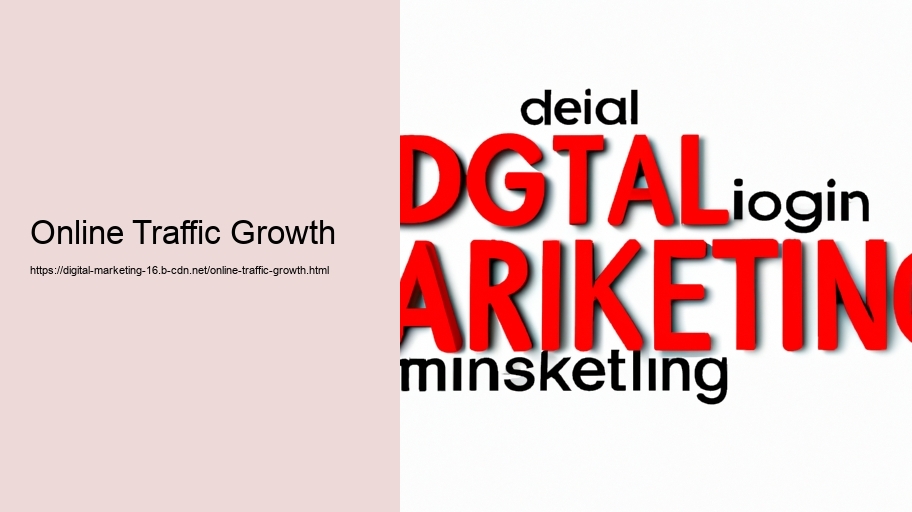Online Traffic Growth: Navigating the Virtual Highways of Success
In the bustling digital marketplace of the 21st century, the term "online traffic growth" has become a pivotal goal for businesses and entrepreneurs aiming to flourish in an increasingly connected world. At its core, online traffic refers to the number of users who visit a website or engage with digital content. Achieving growth in this area is akin to drawing more foot traffic into a physical store; it is the lifeblood of online visibility and success.
The quest for increased online traffic begins with understanding its sources. There are various avenues through which visitors might arrive at a digital destination: organic search, where users find a website through a search engine; direct traffic, where visitors enter a website URL directly into their browser; referral traffic, which comes from links on other websites; and social media traffic, driven by shares and promotion on platforms such as Facebook, Twitter, and LinkedIn.
To nurture online traffic growth, a multifaceted strategy is essential. At the heart of this strategy lies the creation of valuable and engaging content. High-quality, relevant content captures the audience's attention and encourages them to visit and revisit a website, establishing a loyal user base. This content must not only inform or entertain but also be optimized for search engines, a practice known as Search Engine Optimization (SEO). SEO involves the use of targeted keywords, meta descriptions, and other techniques to rank higher in search results, thereby increasing visibility and organic traffic.
Another crucial aspect of fostering online traffic growth is leveraging the power of social media. Social platforms offer a vast audience ready to be engaged with compelling posts, interactive discussions, and shareable content. By cultivating a strong social media presence, businesses can extend their reach and drive traffic back to their primary online hub.
Paid advertising also plays a significant role in driving traffic growth. Pay-Per-Click (PPC) campaigns, display ads, and social media ads can target specific demographics and interests, bringing in a stream of visitors who are more likely to convert into customers or followers. These targeted approaches must be carefully managed and analyzed to ensure a positive return on investment.
A responsive and user-friendly website design is another cornerstone of online traffic growth. In an era where mobile browsing surpasses desktop, ensuring that a website is optimized for all devices is non-negotiable. A website that loads quickly, is easy to navigate, and provides a seamless user experience will retain visitors and encourage them to explore further.
Furthermore, engaging with the audience through email marketing can be a potent tool for sustaining and expanding online traffic. By building an email list and sending out newsletters, special offers, and personalized content, businesses can keep their audience engaged and prompt regular visits to their website.
Monitoring and analysis are the final pieces of the online traffic growth puzzle. By using analytics tools, webmasters can track where their traffic is coming from, what content is most popular, and where users spend their time on the website. This data is invaluable for refining strategies, fixing underperforming areas, and doubling down on what works.
In conclusion, online traffic growth is not a goal that can be achieved overnight. It requires a strategic, sustained effort that combines content excellence, SEO, social media engagement, paid advertising, a stellar website experience, email outreach, and diligent analysis. Those who master this complex symphony of digital marketing efforts are the ones who will navigate the virtual highways of success, leaving their competition in the rearview mirror.
